No matter what 4WD you have, it seems we never have enough space inside to carry what we need. This is especially so when you have a demanding family and don’t have the luxury of a trailer to spread the payload. Even if you do, carrying stuff like kids' bikes, kayaks, spare tyres, shovels or whatever, is usually bulky and needs a proper packing method and dedicated location. Even a humble swag seems to engulf a whole rear seat in one swoop, yet it’s just your bed. Imagine when there are two or more of you?
This is where a roof rack can come in handy. I remember the time pre-4WD when I needed to carry my surfboard down to Cronulla Beach. It simply didn’t fit inside, as at 6ft, it pointed out the passenger window. So soon after I installed the simplest of roof racks. It consisted of two galvanised pipes, u-clamps and supports that gingerly clung on to the rain gutters with no more than a butterfly screw. It worked as long as you kept checking those screws and stretched the bungee cords with herculean strength.
Those days are long gone, though there are simple modern cross bars available if that suits your needs. But now roof racks have come a long way and can accommodate modern vehicles and people’s contemporary requirements, coming in all sorts of configurations and styles.



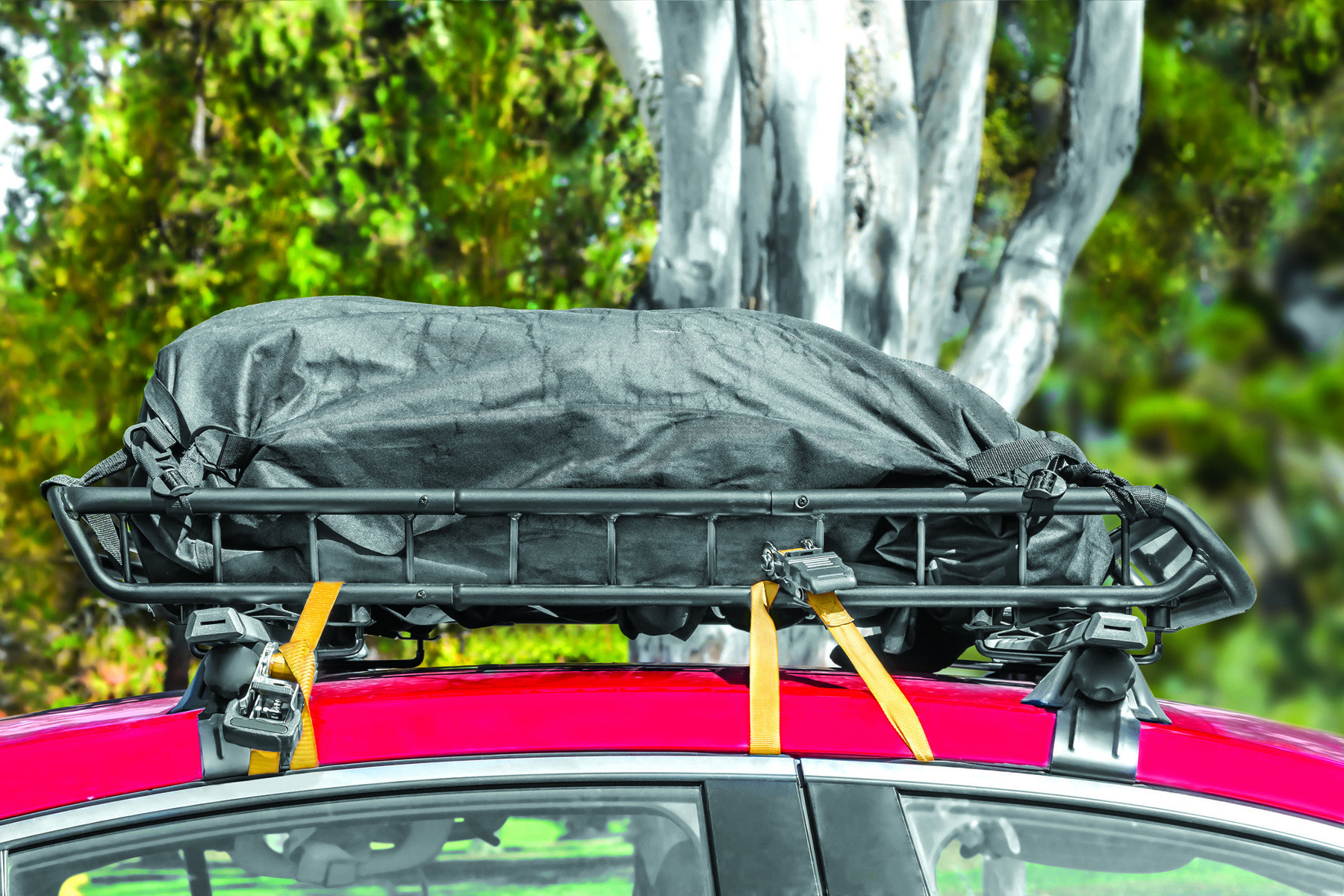

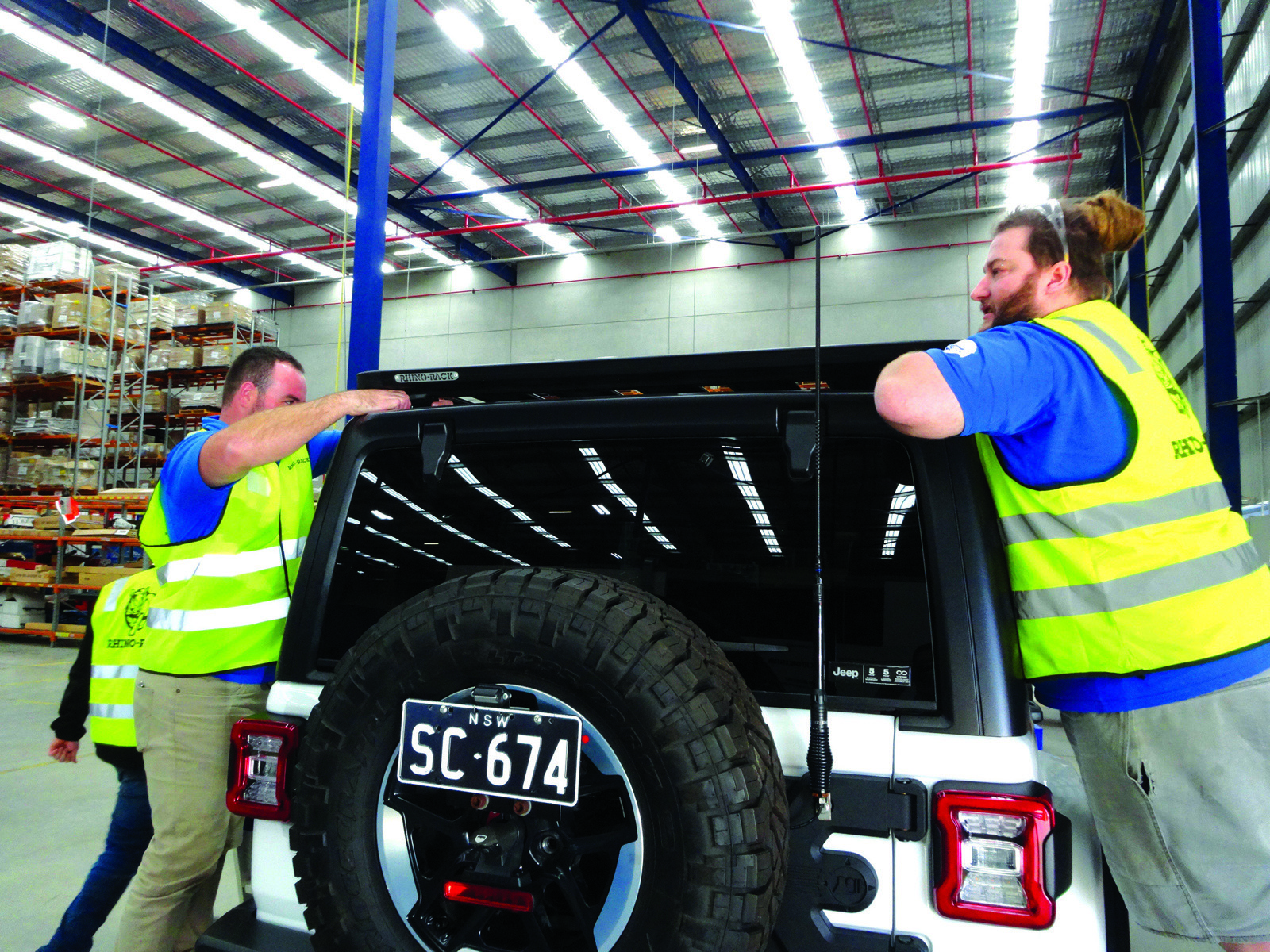
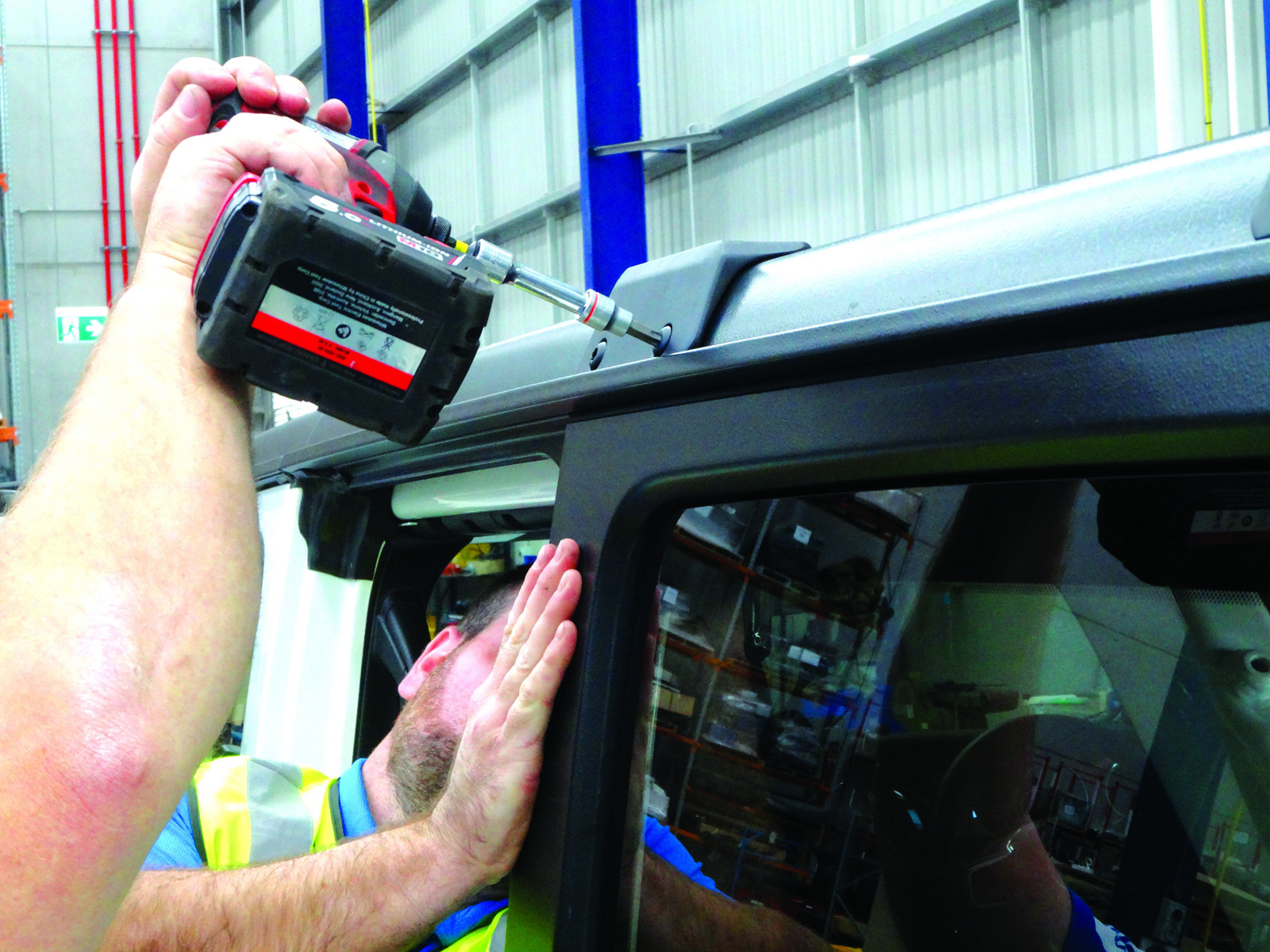

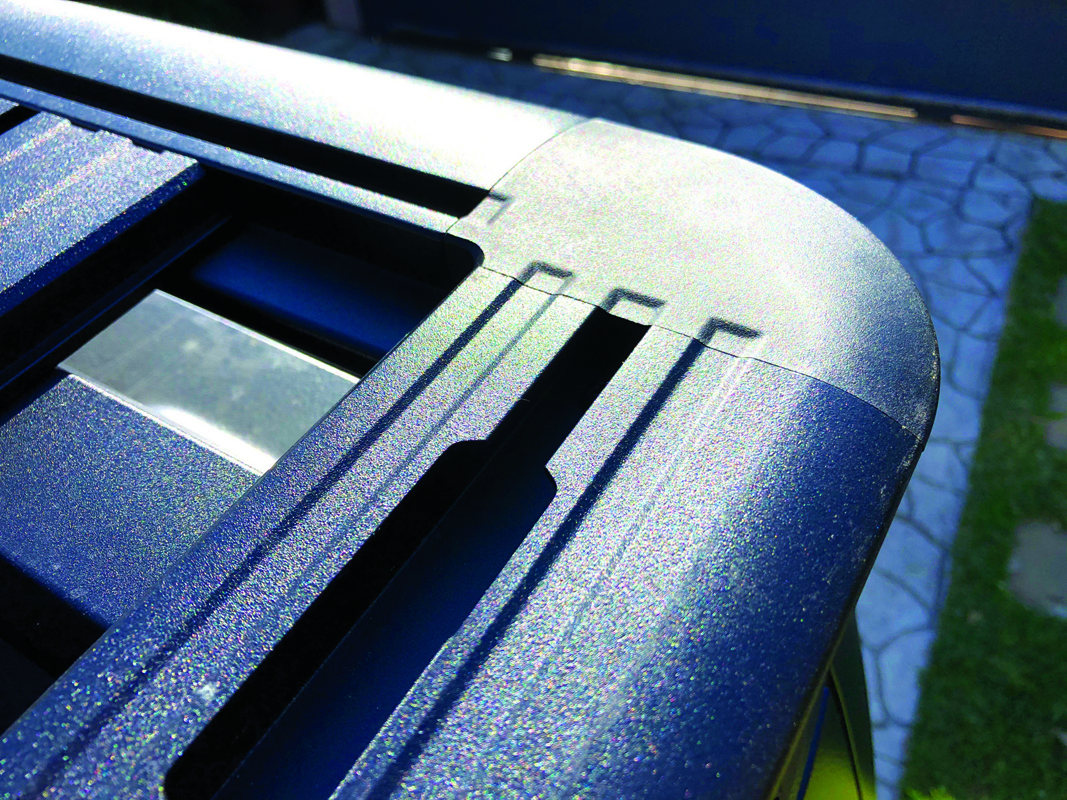
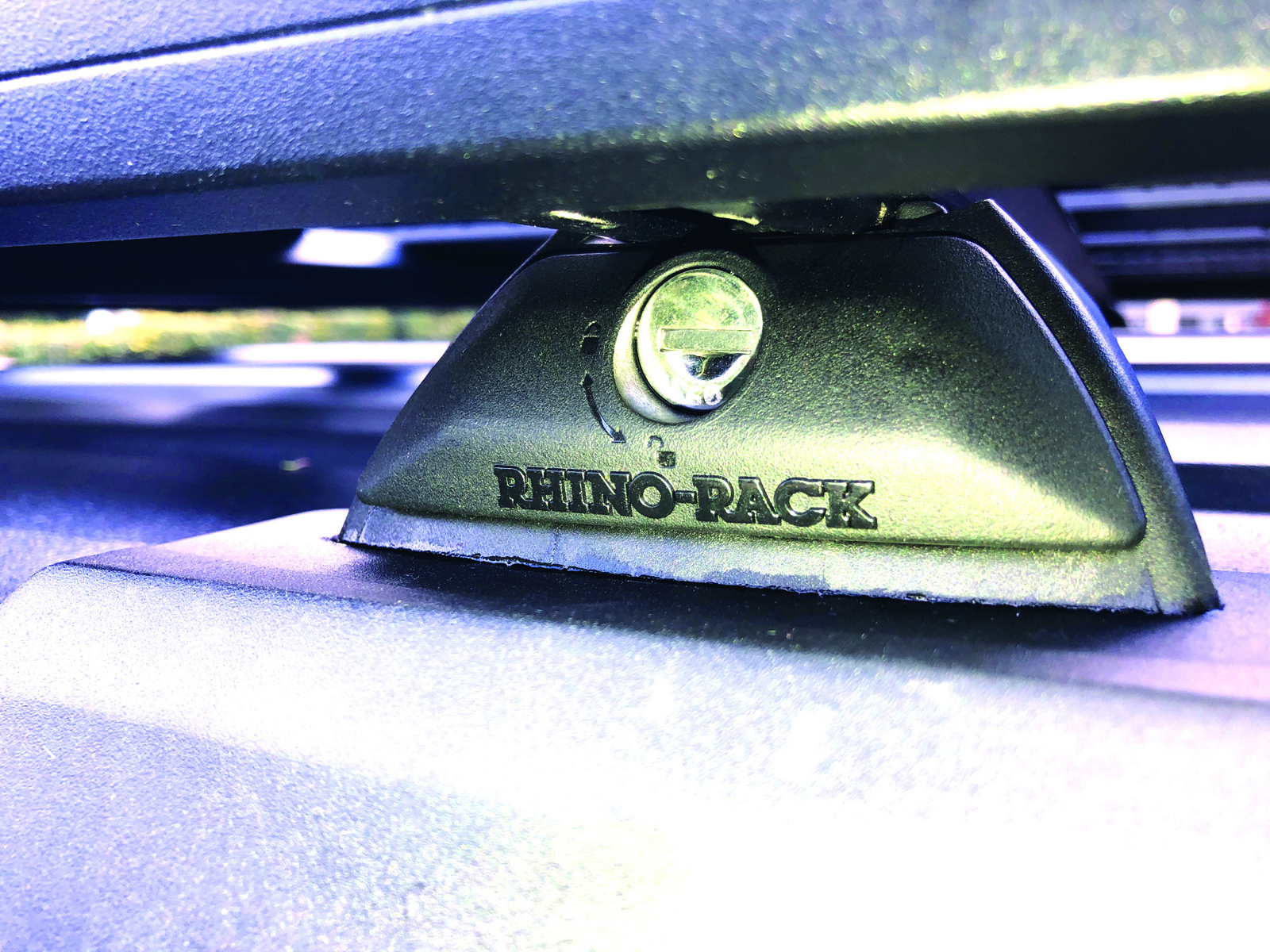
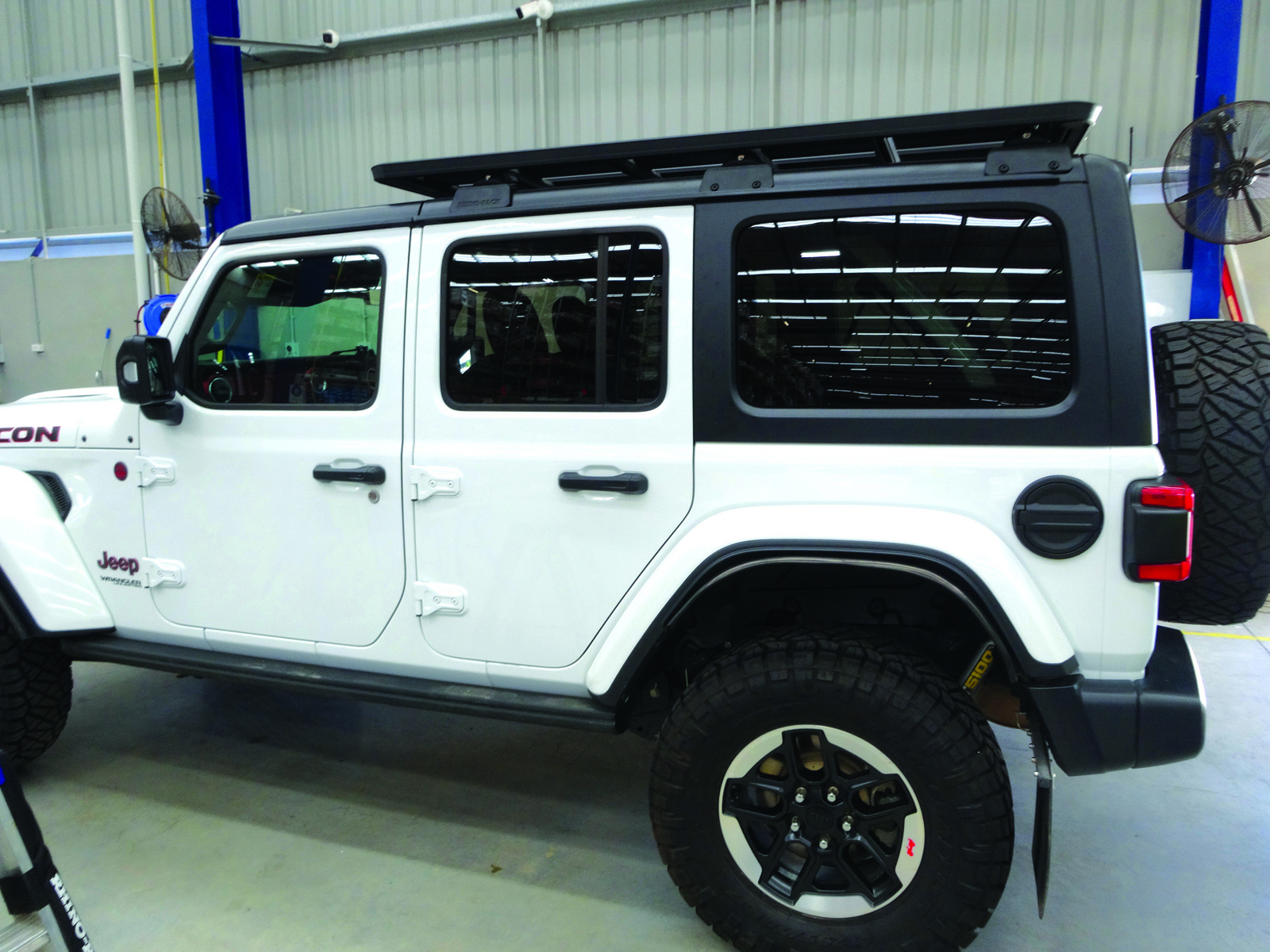
You only have to travel along any freeway, passing myriad vehicles on their way to their next holiday destination, to notice that many cars and just about every 4WD have some sort of roof rack. There’s an astounding range of roof racks transporting a variety of items ranging from a tradesman’s step ladder to a set of MaxTrax to a whole rooftop tent, and plenty in between.
THE TREND
As mentioned, it started off with a pair of simple crossbars and bungee cords. At the time it did the job, for others as much as for me. As the years progressed, it dawned on people they needed to expand on this idea because they wanted to carry more stuff than just a surfboard. The steel basket was introduced, which simply strapped on to the existing cross bars and provided a larger and more secure platform to carry even more stuff of odd shapes. This was fine for a while as it was fairly cheap, easy to install in your driveway and relatively lightweight. The downsides were that it stood high, encouraged wind noise and was very ugly to boot. It also didn’t increase the load capacity.
This method soon had more limitations, as newer vehicles burst on to the market with their gutterless and intricate roofs that required a different approach, including 4WDs.
Even though some 4WD vehicles (including mine) still come with gutters, many don’t and there are a few things to consider before spending your hard earned.
WHAT TO CONSIDER
Based on my numerous jaunts along the eastern seaboard, it appears that not everyone is aware or even cares that there are limitations to what your 4WD can carry, and that includes what you carry on a roof rack.
All 4WD manufacturers state the maximum roof carrying capacity and it is also dependent on the type of roof rack you choose and its mounting system. This limitation is quite specific and is easily determined with a little research through the user manual or favourite website. There are also circumstances where a manufacturer will lessen this limit if you drive offroad, often referred to as the dynamic rating. The average 4WD’s maximum limit is around 80–100kg but this can vary depending on the model and/or type of rack you have.
For example, a late model Toyota Prado has a limitation of 80kg (this does vary, however) using OEM cross bars, whilst this could differ by installing a variety of optional mounting systems or platform style carrying system, like those supplied by Rhino.
The component, roof or rack, with the lowest capacity rating determines the maximum cargo weight you can carry on the roof, less the weight of the rack itself.
For example, a 4WD with an 80kg-rated roof fitted with a 120kg-rated roof rack system, is still restricted to 80kg. Then you will need to lessen the weight of the rack which can range from about 28–50kg or more. It doesn’t leave much, and that’s for on-road (known as static weight) not off-road use.
Roof racks are mainly made of either steel or aluminium. Whilst there are pros and cons for both, it’s aluminium, even though usually more pricier, that wins in my mind due to its light weight and acceptable strength. We all know weight is a 4WD’s Achilles’ heel. If a 4WD is fitted with an aluminium rack that’s also used offroad, you need to absorb a safety factor of 1.5 into the load limit due to excessive movement associated with rougher roads. Increasing the number of mount points does not automatically increase the vehicles maximum roof capacity.
Regardless of your choice, it’s imperative to keep within the vehicle manufacturer’s limitations as there are severe consequences if you don’t. Failing to do so could invalidate any insurance cover, adversely affect handling, overly raise the centre of gravity, and damage the roof or mounting points, to name just a few issues.
THE SOLUTION
There are ways to maximise roadworthy load capacity using a system such as those distributed by Rhino. Rhino offers some racks which are not mounted to the roof in the conventional manner (gutters or specific model mounts alone) but uses the vehicle’s structure, with options to enforce overall strength. It’s imperative to consult with your chosen rack supplier as there are literally hundreds of styles, mounting options and vehicle models beyond what I could list here.
Luckily for me, the Jeep, with a fibreglass roof having a meagre capacity of just 68kg using its gutters and simple cross bars, can increase the static weight capacity up to 120kg. Installing a Rhino Backbone system allows me to do so safely because of the rack’s unique internal and external skeletal frame design.
The other major benefit of Rhino is the extensive range of sizes and shapes available, from short units to suit a single cab utility to a full length to cover the roof of a LandCruiser. There are many varieties, some with no sides, partial sides, fully enclosed racks or even the simple cross bars if that’s all you need.
The other beauty is the variety of tie-down and security options to accommodate all your goods. While companies like Rhino have a huge range, I was particularly drawn to the base Pioneer Platform paired with its Backbone system due to the low profile design which would complement the vehicle’s stance and keep a low centre of gravity.
The Pioneer Platform is very sturdy and versatile as it also allows you to carry a variety of goods securely and safely.
Of particular interest to me initially was going to be the awning mounts, jerry can holder and tie-down bolts for light items like chairs or bags. The great thing about this system is it quickly lets you shuffle the cargo around to evenly distribute weight and maximise space.
One thing to consider is the choice of mounting supports or legs. There are quick-release versions that allow faster removal of the platform as well as supports that take a little more effort. I chose the latter as it provides a lower profile. In both cases removal when not needed would just leave the mounting supports. They do have a key lock system for added security.
INSTALLATION
When I went down the Rhino Platform path, I knew I had to make a choice. Most of my 4WD modifications are DIY but I had Rhino (based at Eastern Creek just 45 minutes from Sydney CBD) offer to do the install for the purpose of this article. It would save me effort and time, and I knew they were going to be well trained installers.
Before the guys started, they laid out all the components on a scaled template of all the parts as in photo — what a clever idea! I noticed the quality fittings and paint work plus the mixture of plastic and aluminium on the rack were precisely put together — and I mean precisely.
The installation of the rack by both Ben and Aaron took about four hours, but it would have taken me ages longer, I reckon.
One thing you’ll need is quality tools, sealants, and the need to make exact measurements as there is little room for error, hence the time to complete the job. Regardless of your rack design, it’s more manageable with two people, especially if your 4WD is a little high (or more than a little).
While out of my current budget, I asked if they would temporarily fit some of their rack accessories for a future follow-up story. It was pleasing to see an-Australian company which exports all around the world take pride in providing quality solutions for a diverse clientele.
CONCLUSION
While each fitting is different for each model — some very simple and others more intricate — the instructions and the multiple online videos will easily take you through the procedure. Due to the Jeep’s unique removable roof system, it took Rhino a little longer than other vehicles. There was a need for accuracy beyond NASA standards, due to the need to drill though the roof. I was advised there are other models that also require some drilling. So if you do decide to DIY, then use the recommended tools, take accurate measurements and measure twice.
The result was fantastic, and I noticed the fittings and joins were of a very high standard. In the end I was glad they did the job and I’d personally recommend it — but that’s not to say it’s beyond anyone’s capabilities.
Rhino has done an excellent job with its range, with many options and very detailed instructions. I’m sure you’ll find something to suit. At least more than the old galvanised bars of the past.
Soon after installation, I travelled from Sydney to Brisbane and was pleased with the little wind noise that I experienced even sitting at 110km/h (mind you the Jeep isn’t the quietest 4WD out there). It was one of my initial concerns. I did, however, notice a slight increase in fuel consumption but not much, and I put this down to its low-profile design.
Remember that racks should be reserved for light items — keep heavier things within the cabin. And remove your rack, or at least the cargo, when not in use. It will save you in many ways — hence the beauty of the Rhino’s easily-removable mounting system.
Happy wheeling.




